Sound recording roadtrip through Uganda
It had been over a year since I had last been to Africa for sound recording, and it started to itch. I poured over maps, dreamed up plans, made a few half starts and eventually settled on visiting Uganda for a three weeks field recording trip. I wanted to experience the same freedom as in 2015, when I drove through and camped in Botswana and Namibia, recording whenever I could.
Why choose Uganda? It is a relatively small country that with its great variety of nature is almost a miniature sub-Saharan Africa, offering dense rainforests, expansive grassland savannas and spectacular mountain ranges. It is a top African birding destination, and right now the best country to see mountain gorillas in the wild.
And while not exactly cheap, Uganda is relatively affordable yet not as touristy as neighbouring countries Kenya and Tanzania. So the question to me quickly became: why not choose Uganda?
The general plan
Me and my partner visited the country in March 2018, right at the start of the long rainy season that lasts until May. Plans to visit during the dry season in January had to be postponed. I was concerned about rain spoiling my recordings, but this turned out to be only partially justified as while it rained daily, it never did for longer than a few hours at a time.
The route I had roughly planned to drive was mildly ambitious as it covered a lot of ground in just three weeks, traversing the entire country in a neat circle. It took us to the natural parks of Mabira, Pian Upe, Kidepo, Murchison Falls, Kalinzu, Kibale, Queen Elizabeth, Bwindi and Mgahinga, featuring between them a wide range of biomes and nature recording opportunities.
En route to Kidepo
Our first main destination was the famed and remote Kidepo Valley national park, bordering South Sudan in the very north east corner of the country. We chose to take a detour and get there by traversing the Karamoja region, which hasn’t seen many visitors in recent years due to negative but outdated foreign travel advisories, based on some past conflicts between locals stealing each other’s cattle with machine guns. The goverment had disarmed the region a few years ago, and predictably we thoroughly enjoyed our couple of days driving through.
The Karamoja region is the least developed and most arid of the country, and its pastoral people are of different ethnicity than the predominantly Bantu-speaking tribes of the south. There are many traditional mud hut villages with thatched roofs carrying solar panels for charging mobile phones, which are as ubiquitous in Uganda as they are back home. As the road ahead was long, we ultimately were just passersby, though our not-so-discrete vehicle always turned heads and often attracted running crowds of laughing children. My fleeting impression was that of a proud, beautiful and hardened people.
Kidepo Valley National Park
We reached Kidepo Valley National Park three days after we set off from Kampala, having taken overnight stops in Mabira Forest and Pian Upe game reserve. Kidepo is widely regarded as one of Africa’s finest, and I was awestruck by the scenery of wide open savanna grassland where huge herds of mammals roamed. We saw 1000 strong buffalo herds and sizeable groups of elephants and giraffe. It is a true East African landscape in the way I have always imagined it. We spent 4 nights camping here, usually hearing lions roaring close to our tent at night. I could have easily spent another week or so in this wonderful place.
Kidepo currently attracts only a few hundred visitors a year, but this is fast due to change as its reputation is rising and a huge lodge is being constructed in a former mansion of Idi Amin. But for now it is a lovely place to drive around and get lost in, where you can just be immersed by nature and not see another vehicle all day. Even so, limited camping facilities mean you sometimes do share sites with other campers.
Surround sound field recording: safari style
Kidepo was also the place where I found a good use for one of the features that came with our car, a 1996 Landcruiser Prado that had a safari pop-up roof modification. I mounted my Sennheiser Double MS rig under the popped-up roof so I could simply drive around, stop at an interesting spot and record surround ambience right there while staying seated and monitoring from behind the driver’s wheel. It was an excellent way of getting snippets of ambience at various locations, and I made good use of this in Kidepo as well as later destinations.
Besides using the pop-up roof, I also left my rigs out unattended for long periods of time. In the African bush there are some risks with this approach, which I have written about before. Nowadays, I do use some deterrents, particularly a toy snake to scare off some monkeys and at one point even had a park ranger fooled — he came to warn me about a snake nearby my ‘gadget’ that he had seen in the bush. I also check trees for any marks such as droppings or fruits that suggest elephant or baboon activity, and then set up a bit further ahead.
Wild camping in Murchison Falls National Park
After Kidepo, we went south towards Murchison Falls National Park to spend one night of wild camping in the delta, which is allowed as long as you bring a ranger with you for protection. Our ranger Robert and his machine gun stayed up all night tending the fire and keeping an eye out. With his blessing I was also able to leave a microphone rig out at the so-called hippo pool, resulting in some great recordings of very close up hippo vocalisations and grunts.
It was interesting to get to know Robert a little. I was struck by his stories of how tough the ranger training was, learning to survive in the bush for days without food or sleep — and how unprepared he was at the time, as a city boy with no particular love for nature who had signed up just to earn his keep. Rangers like him are the first and last line of defence in keeping the wildlife safe against poachers, and his military camo outfit and threateningly large weapon were not for show. But like all Ugandans we met, he was a gentle and soft-spoken guy, whose dreams of playing for Manchester United had now changed to buying land and farm it for his family’s subsistence.
Snoozing with hippos in Queen Elizabeth National Park
Having read it was the busiest of all national parks in the country, I had low expectations of Queen Elizabeth NP. Yet during our visit it felt almost as if we had the entire reserve to our own, apart from when a convoy of fancy Landcruisers transporting the American ambassador sped past us. What makes QENP quite special is that it harbours a wide variety of biomes and habitats, including spaceous lush grassland savannas, a large primate-filled forest, a remote swamp that was unpassable this time of year and a river separating Uganda from Congo with some very, very loud and grumpy hippos.
We only spent two nights camping here, one in Maramagambo Forest listening to black and white colobus and rolling thunders at night, and another next to the river where the hippos grazed around our tent and argued all night with each other. I also made several stops to record frogs, which seemed to be hiding everywhere in the grasses here. QENP offers a lot of variety in the sounds that can be recorded and I will likely revisit it when I go to Uganda again in a few weeks time.
The rainforests of Uganda
African rainforests are normally associated with Central Africa, home to the the Congo Basin, the world’s second largest rainforest. Slightly lesser known are the Albertine Rift montane rainforests, which cover eastern parts of the Democratic Republic of Congo and western parts of Burundi, Rwanda and Uganda. These mountains and forests harbour the critically endangered mountain gorilla, of which there are now only about a 1000 left in the wild – still, that is 25% more than in 2010.
I had never yet visited a rainforest in Africa, and this was one of my main motivations to go to Uganda. It is an inherently different experience from touring through the savannas, as going inside the jungle requires travel on foot rather than by car. You aren’t allowed to trek unguarded into a protected rainforest and must always hire a guide and an armed ranger, while getting a porter can be advisable too. I stubbornly refused to hire a porter the first couple of times, because I wanted to know whether I was able to carry my gear around myself for hours on wet rainforest treks. Once I had proven to myself that I could do it, I swallowed my pride and hired local porters instead.
We visited the rainforests of Mabira, Kibale, Kalinzu, Bwindi and Mgahinga, each sporting their own blend of vegetation and wildlife. Monkeys such as black and white colobus, mangabey, red tailed monkey and olive baboon were ubiquitous; the great apes, chimpanzee and mountain gorilla, of course less so. We did hear both types of ape occasionally in the distance. I was also very happy to hear and record the haunting screams of western tree hyrax in Mabira, a wonderful little critter that resembles a hamster yet is the elephant’s closest relative.
Gorilla and chimp trekking
Of course a major attraction for any visitor to this part of the world is to join on a gorilla or chimpanzee trek. In both cases you are lead through the thicket of the jungle to where the trackers have located the animals that morning. The groups you visit are habituated but wild, and getting to where they are is not necessarily going to be a walk in the park, as illustrated in the video below.
Trekking chimps can be relatively hard as they live high up in the trees and move about non-stop. We spent our time trying to keep up with them, occasionally hearing them do their pant-hoots and other vocalisations, sometimes catching a glimpse of them through the thick canopy. As we were almost continously bushwacking our way through the jungle, I did not succeed in getting a good sound recording.
The gorilla trek was different, as we were lucky to get really close and spend some quality time with them. The experience gave me an impression of a species completely content with their surroundings. The big male silverback that was the leader of this family was the most relaxed, happy, easy going guy I’d ever met. He was just lying there on his back and scratching his belly, with more food he could ever eat right at his fingertips. Sometimes he would assert his dominance by sitting up or jumping into the bush, before going back to total relaxation and non-stop feeding.
His cute fluffball babies would grunt softly as they played, often seeking out their oversized daddy for some attention, while the mothers rested in the shade and occasionally quietly communicated. The scenes that we observed painted a rather idyllic picture – it is nice to believe in fairytales sometimes, as while gorillas are indeed a gentle species that is incorrectly portrayed in some films as dangerous maniacs, the leading silverbacks do rule their families with an iron fist.
Driving in Uganda
Road conditions varied wildly throughout our trip, ranging from perfectly smooth tarmac to rough rocky dirt tracks, slippery thick mud trails and plenty of corrugated roads which had the car rattle, bounce and shake. Despite this, or perhaps because of it, the driving was always hugely entertaining. I would not have it any other way, and not sitting behind the steering wheel on a trip like this would take away a lot of the purpose and fun for me.
But careful driving was paramount, as Uganda has one of the highest road accident rates in Africa. Local drivers can be a little gung-ho, speeding down towards you heading for full-on collision while not making any effort to slow down or make way. Newly built highways with smooth looking tarmac where driving over 80 km/h would be tempting are potential death traps, as the uneven surface can easily make your car topple over when going too fast. Large groups of pedestrians, especially children, line the roads at all times, en route to and from their jobs or school and village. And it does take some time before you are used to spotting the very well hidden, often inexplicably positioned speed bumps.
Ugandan towns and cities
Ugandan towns tend to be hectic and dusty places, often consisting of a single main street with various minor side roads branching off. Buildings are painted in bold colours promoting products like shampoo or mobile networks. You can top up your phone’s credit everywhere, even the most rural and remote villages still have a dinky shop selling sim cards and phone accessories. Food is expensive in the supermarkets, prices often on par or higher than the UK; cheap local produce such as fruit and vegetables is found on the street markets. But even then, buying ingredients and cooking up our own simple meal would usually amount to the same cost as going for dinner in a non-fancy restaurant.
People are kind and helpful, always polite, gentle and soft spoken. It’s a cliché to gush about ‘how friendly the locals were!’ after having visited a country, but Ugandan culture does have politeness ingrained. Stopping to ask for directions without first exchanging a few pleasantries would be considered very rude. You are never harrassed or bothered, although kids might half-jokingly ask you to ‘give them their money’, and without fault will shout ‘Muzungu!!’ when they spot your milky skin. Sometimes the children will line up and do a little dance as you pass along, which is both cute and a little sad as of course it is done in hopes for some small change.
Another cliché is to point out how ‘Africa is not dangerous at all!’, and while there is an inherent insult in this supposed revelation, it is nonetheless very true in the case of Uganda as well. Crime is low, attitudes are great. There is a permeating atmosphere of enterprise throughout the country, Ugandans are not resting on their laurels. It is not a perfect country, and I don’t intend to paint it that way either. But it is a country very much worth visiting, so much so that when I go back in July 2018 it is also to explore how feasible it may be to start organising group sound recording tours there. If you managed to read this far, then perhaps you could be interested in joining me one day?
Sound recordings
And finally, here is a short overview of the various recordings I made in Uganda.

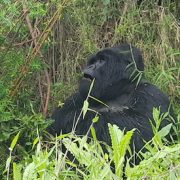
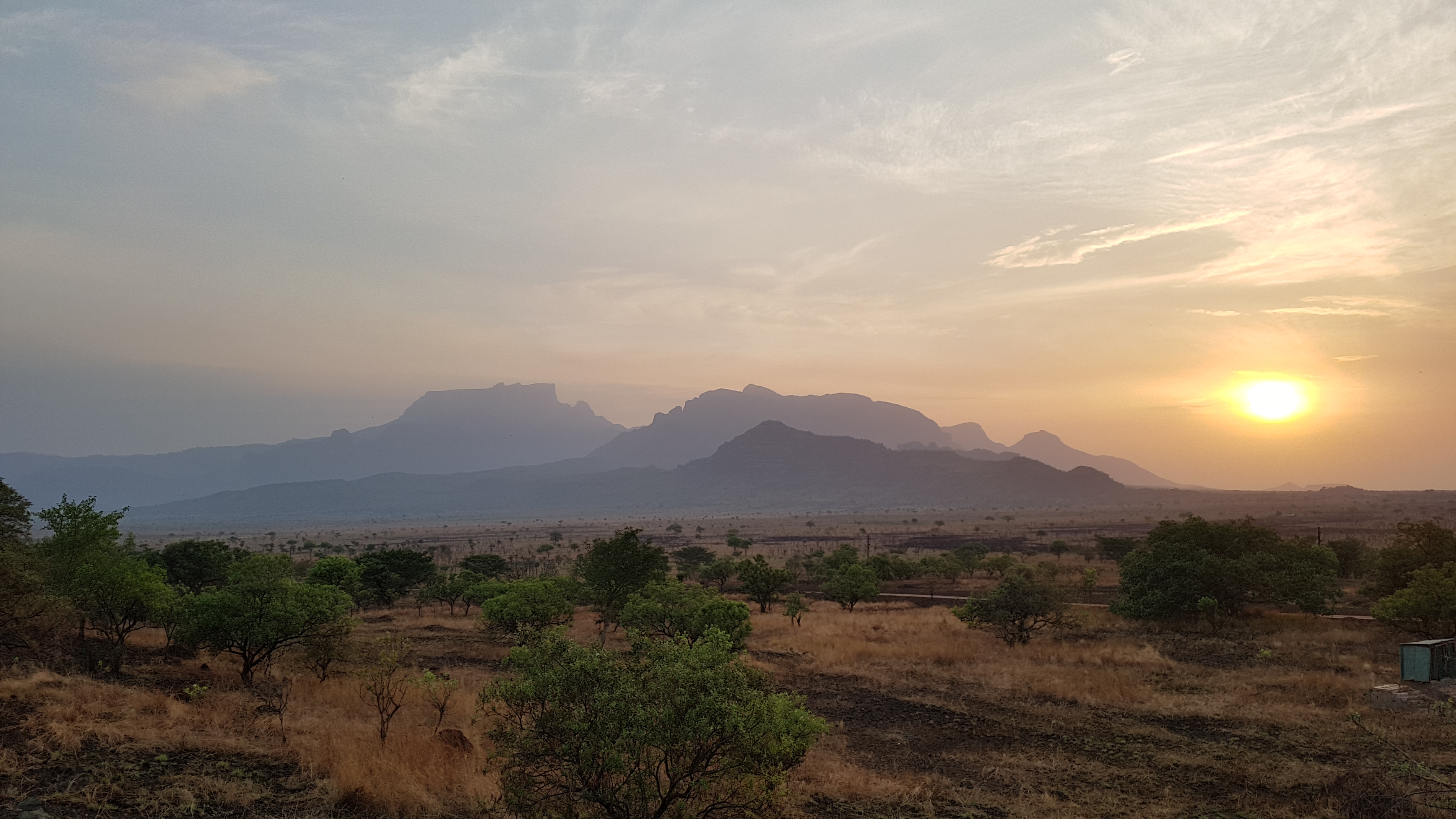
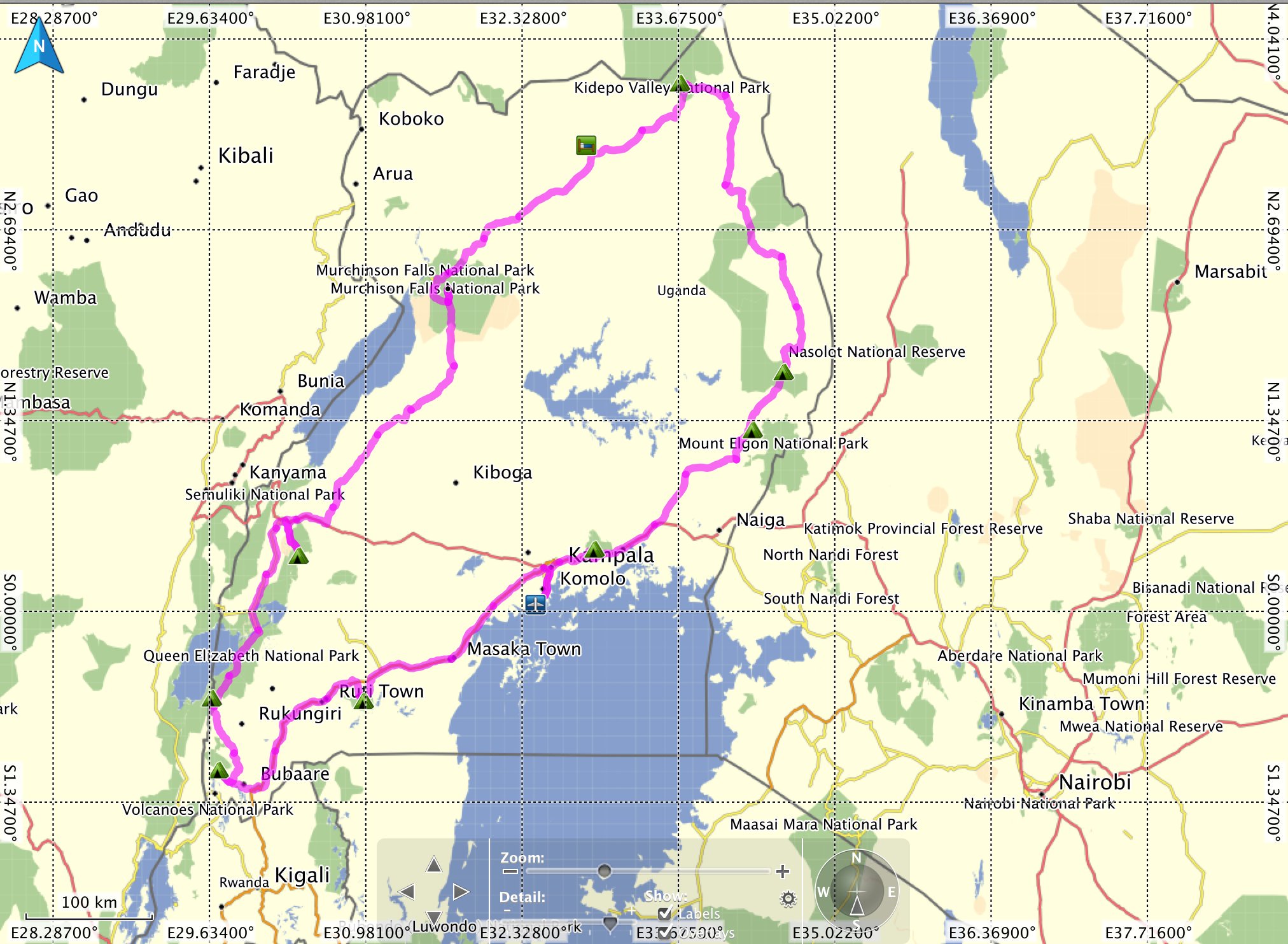

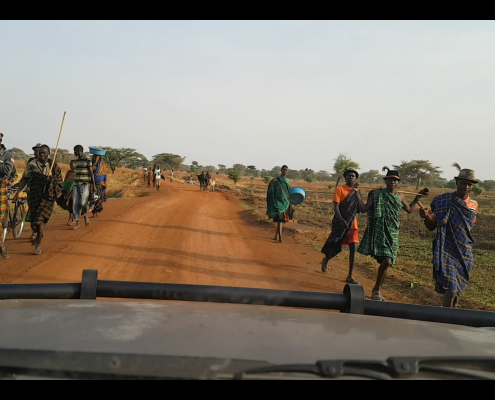
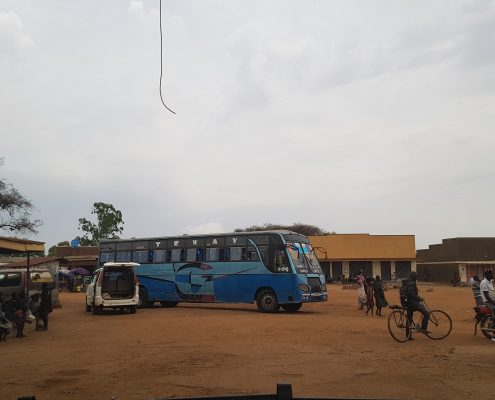
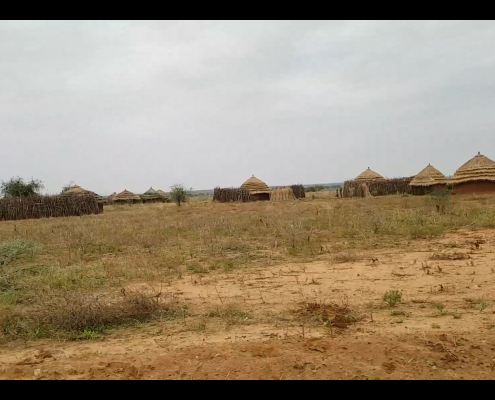
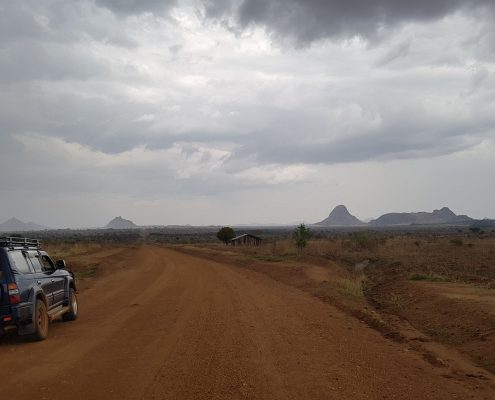
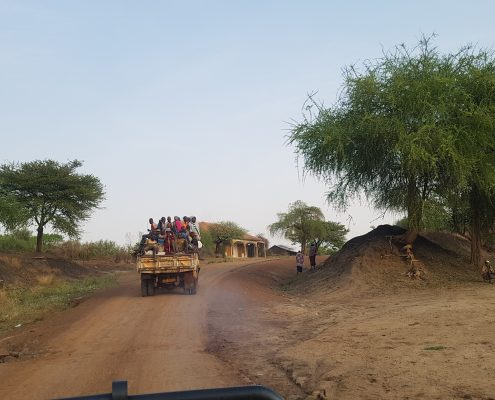
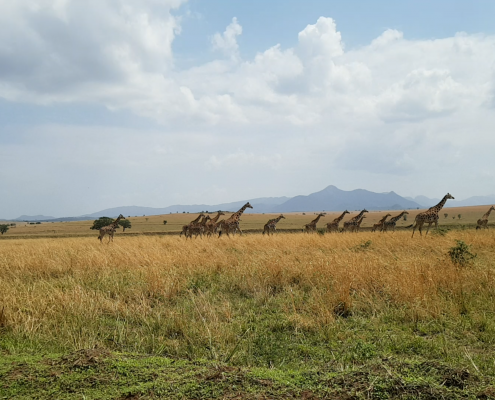
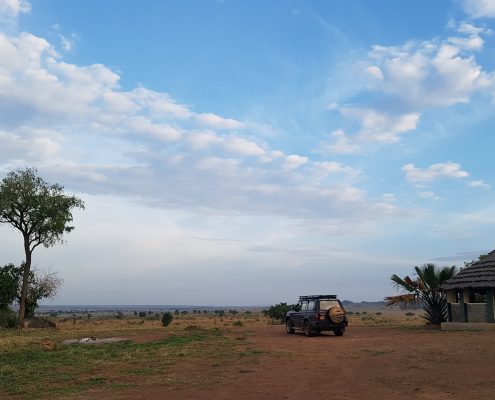
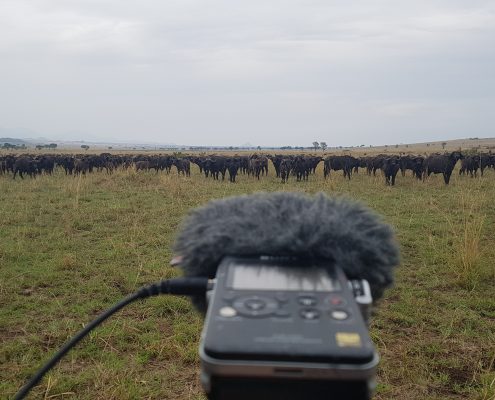
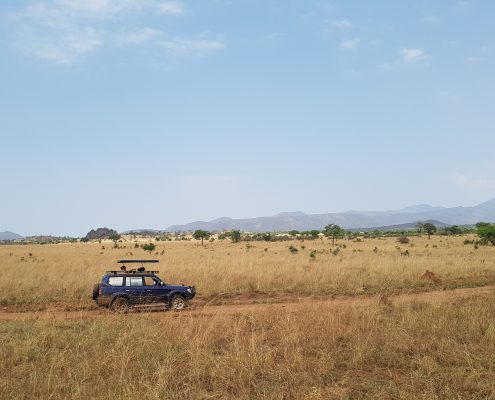
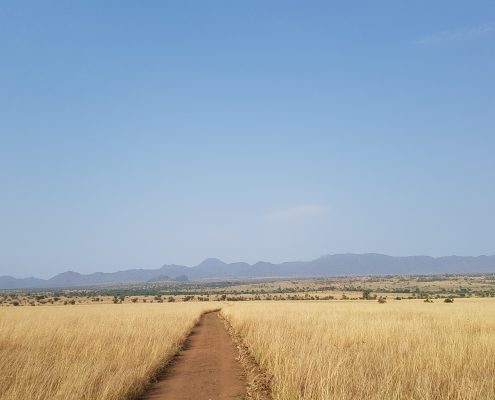
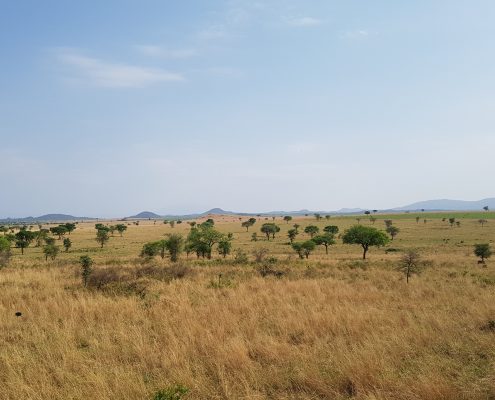
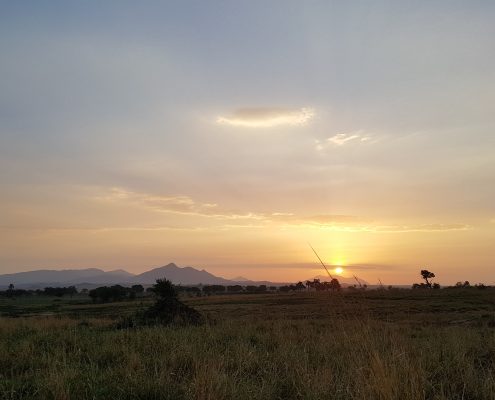
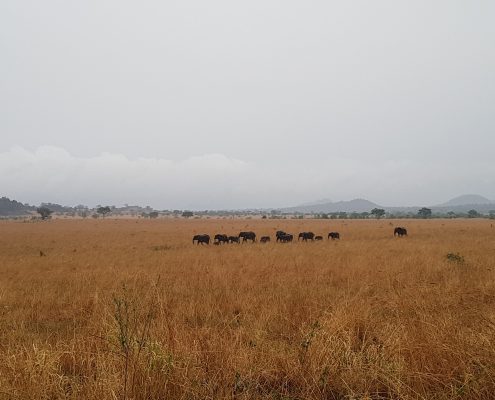
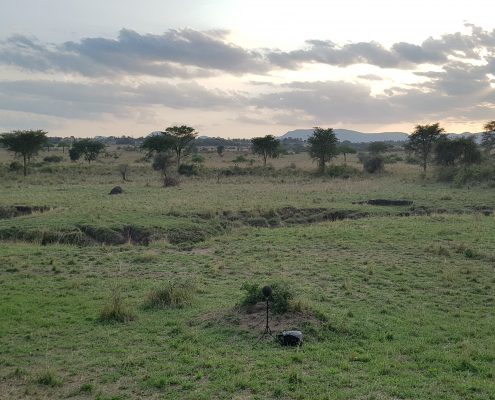
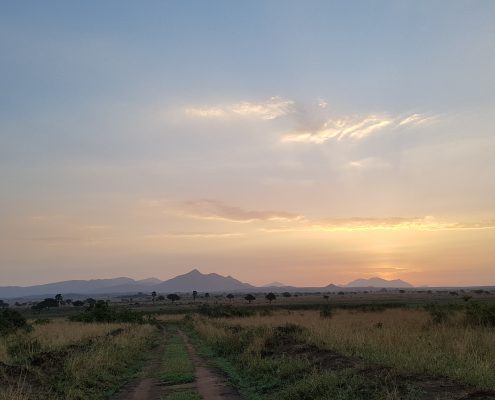
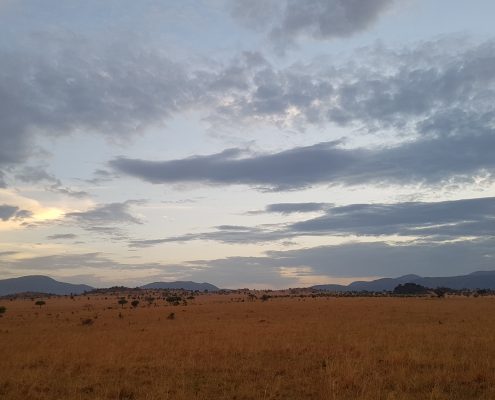
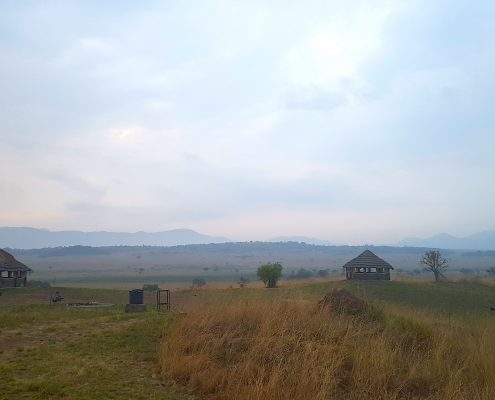

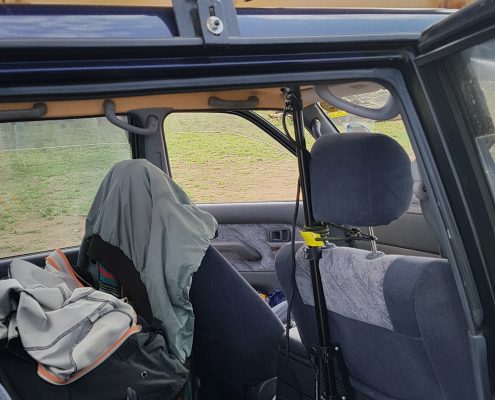

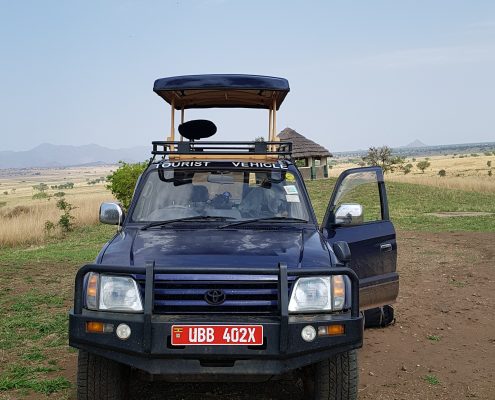

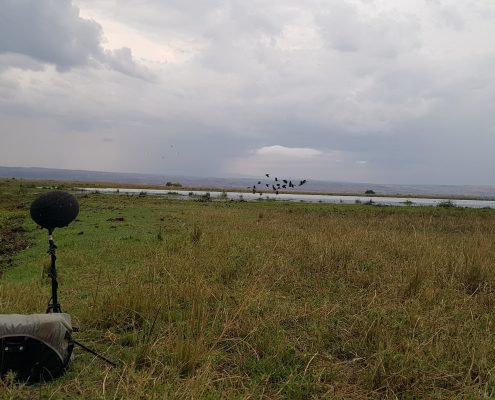



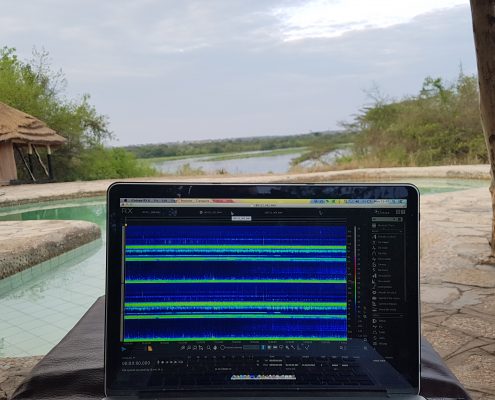
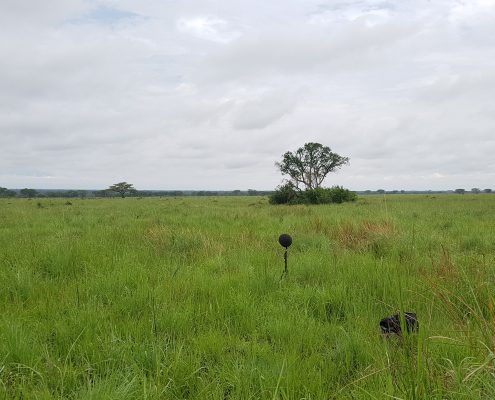

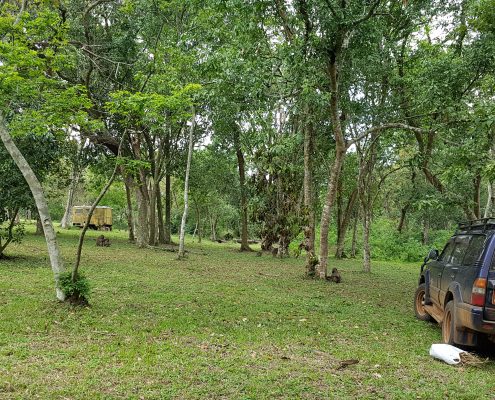
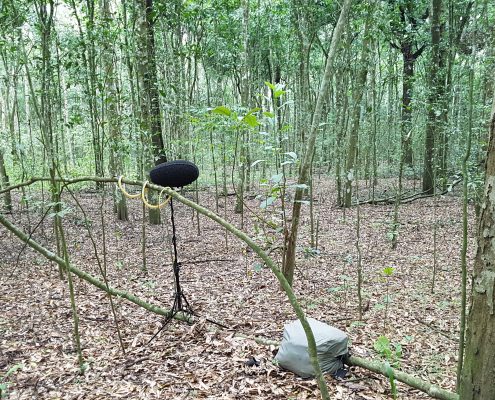


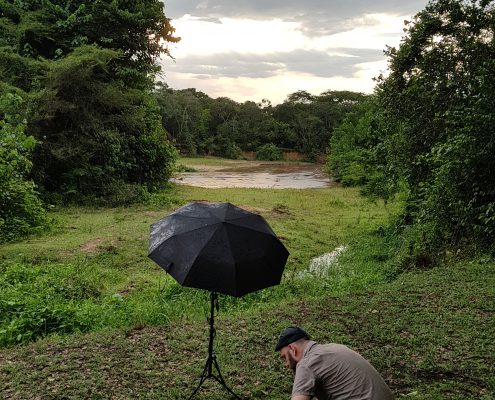
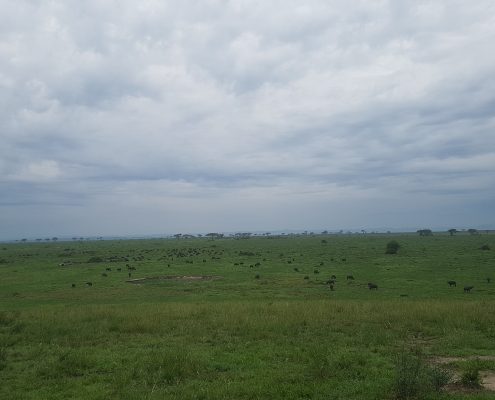

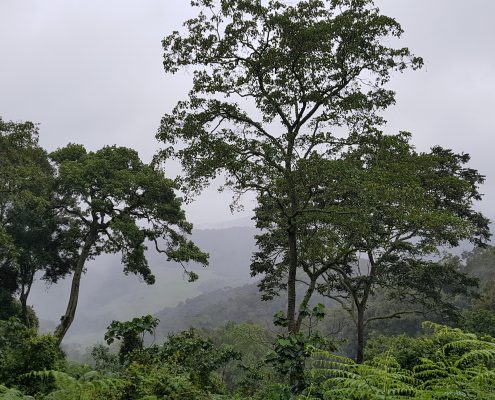
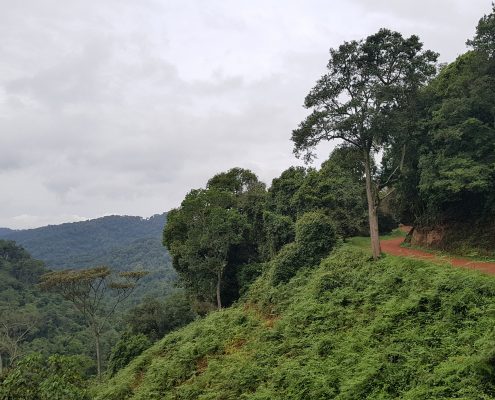


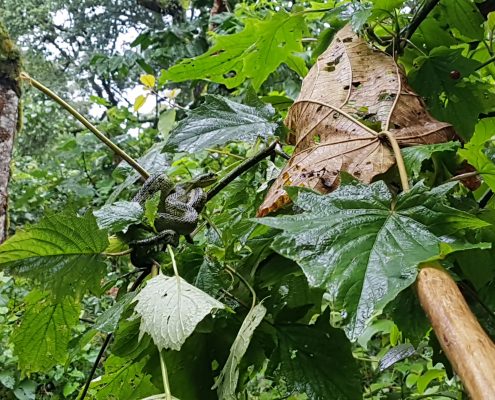
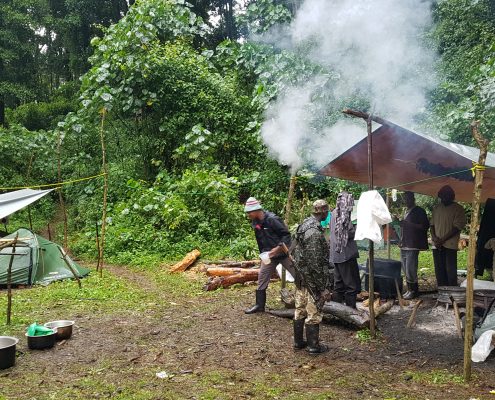

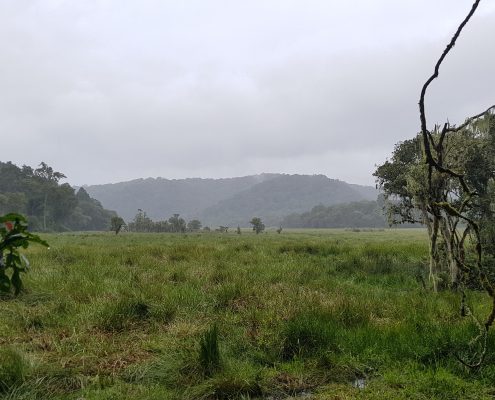
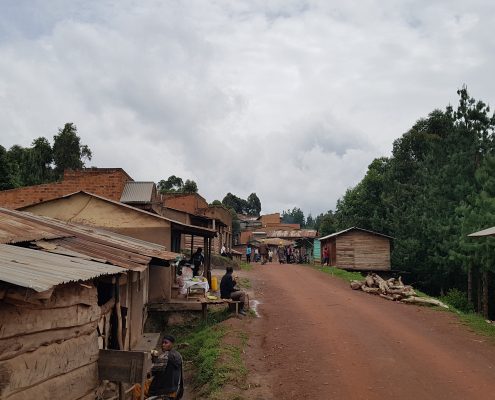
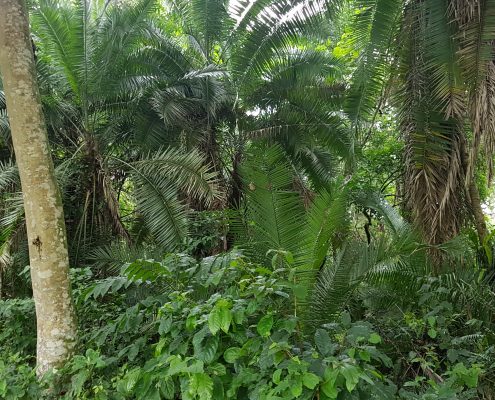
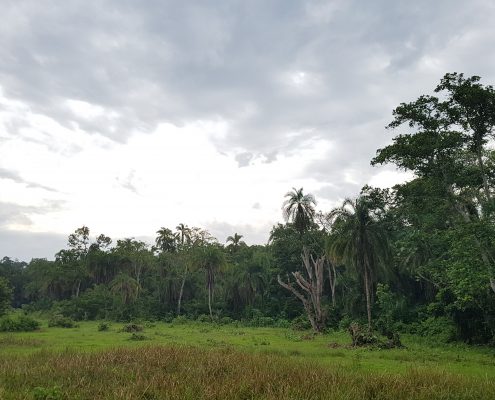
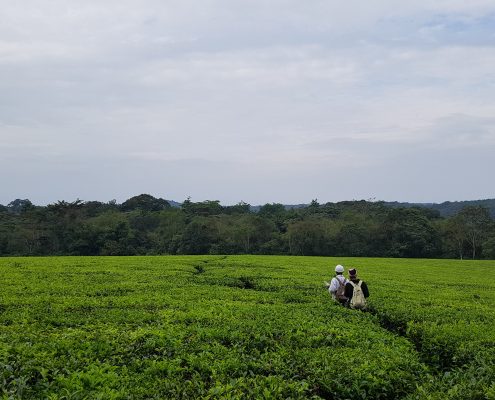
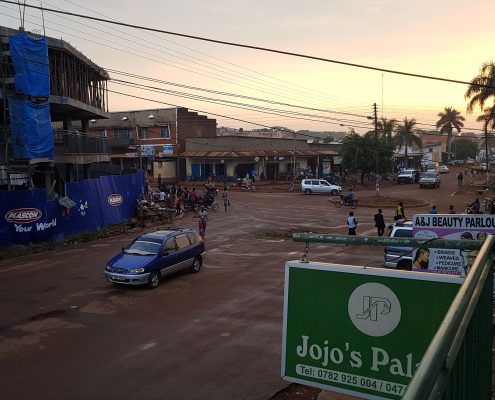

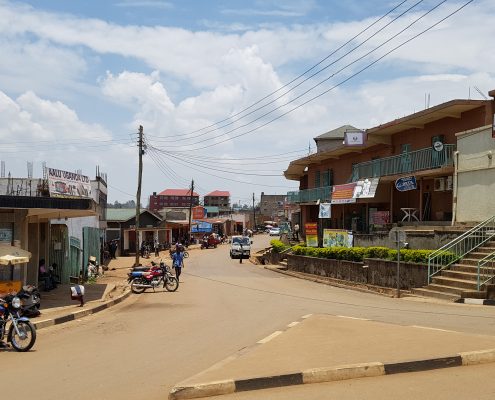
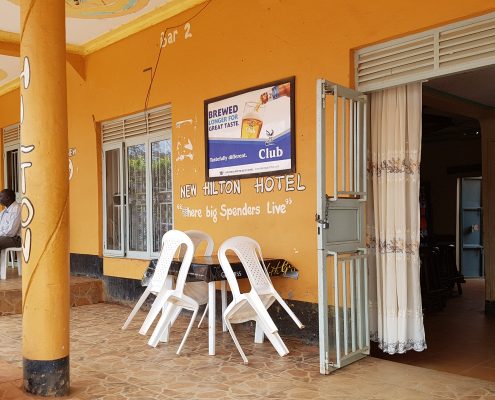
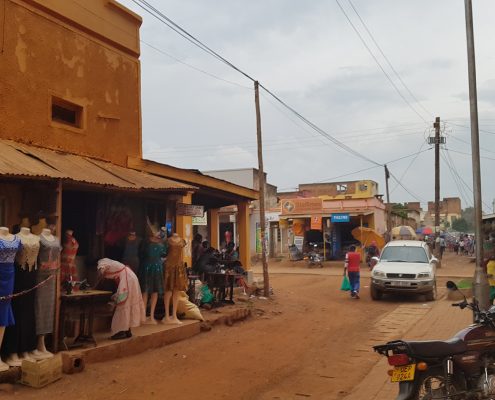
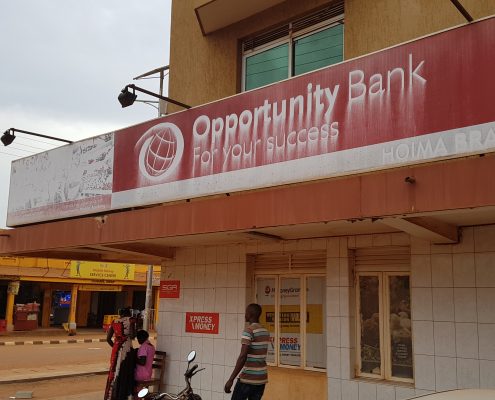


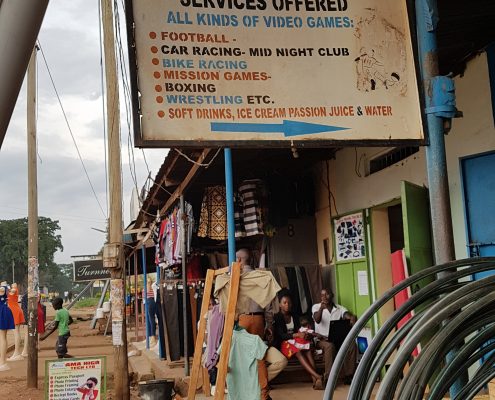
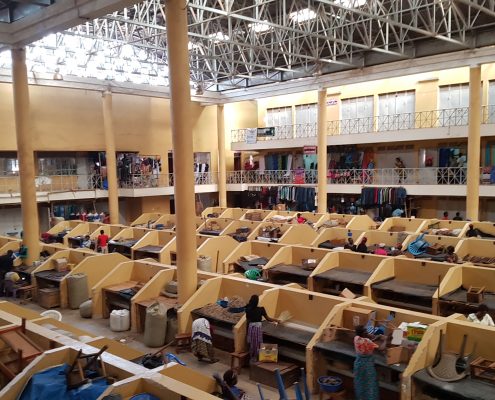




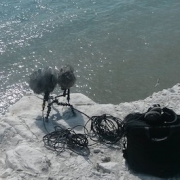

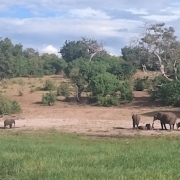
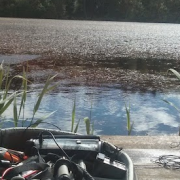

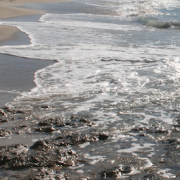


Leave a Reply
Want to join the discussion?Feel free to contribute!